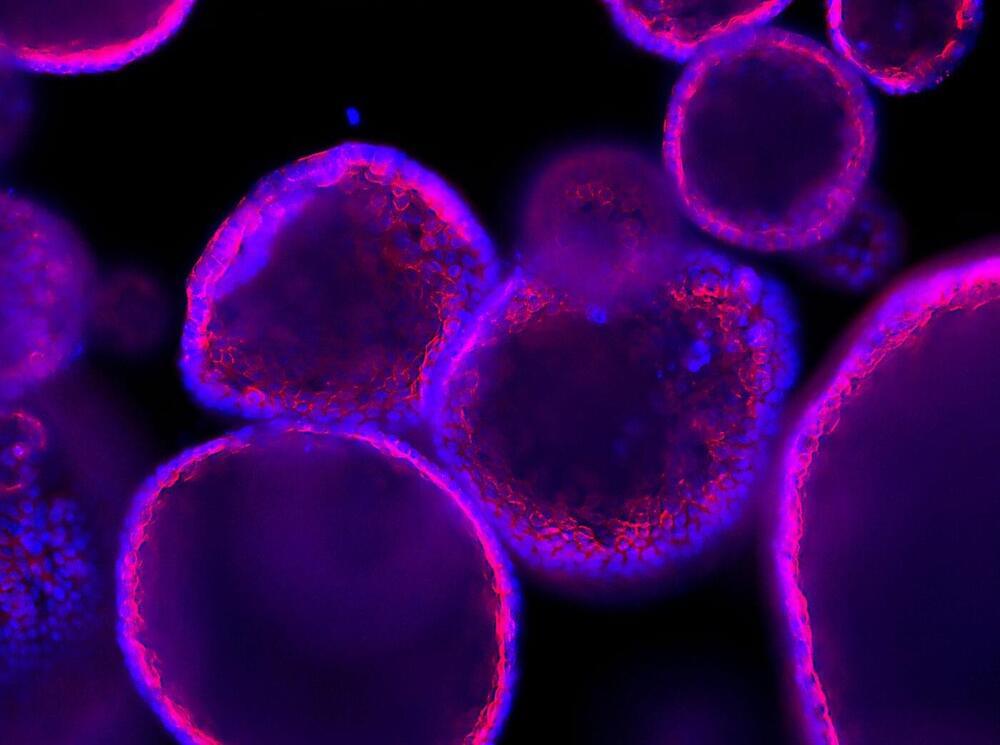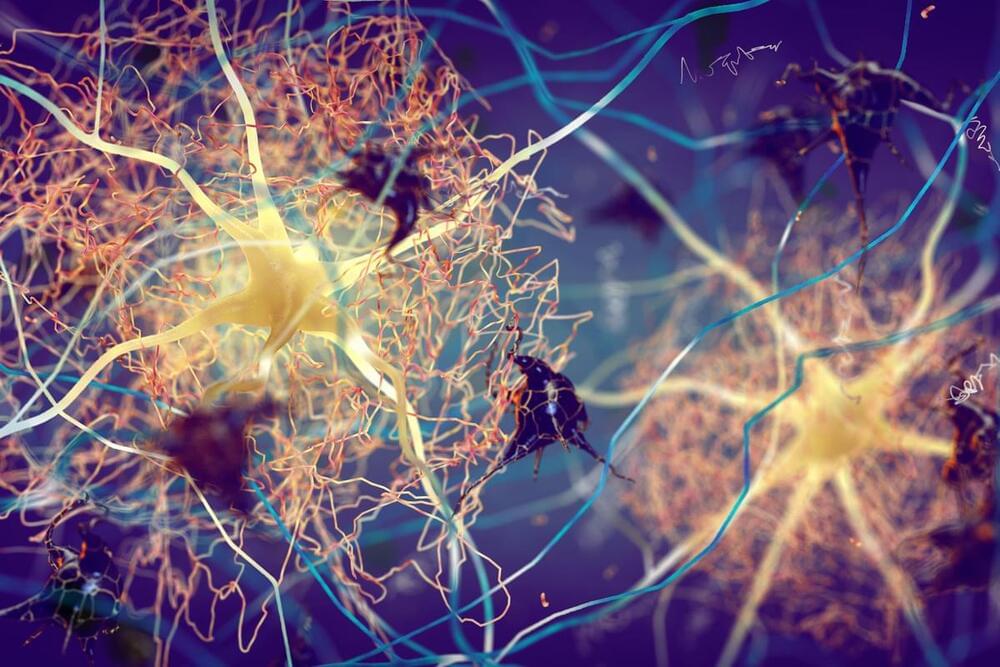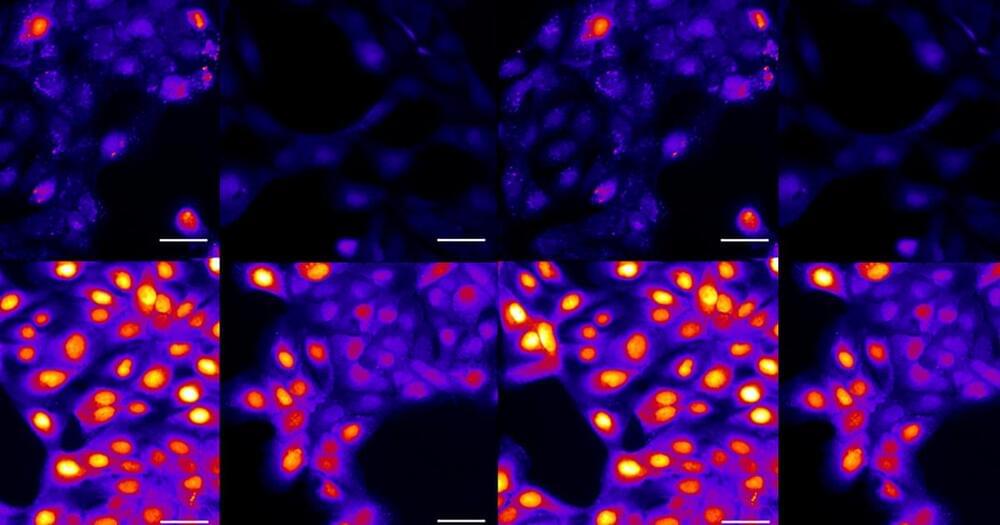French pharmaceutical technology company Aqemia has reached a multi-year research collaboration agreement valued at up to $140 million with industry giant Sanofi SA, according to a statement.




PARIS, Dec 5 (Reuters) — France raised the risk level of bird flu to ‘high’ from ‘moderate’ on Tuesday after new cases of the disease were detected, forcing poultry farms to keep birds indoors to stem the spread of the highly contagious virus.
The decision by the agriculture ministry was published in the Official Journal on Tuesday.
Avian influenza, commonly known as bird flu, has led to the culling of hundreds of millions birds worldwide in recent years.


Researchers using the new FLSHclust algorithm discovered 188 unique CRISPR-linked gene modules, including a novel type VII CRISPR-Cas system, in a massive protein database. This breakthrough enhances our understanding of CRISPR systems and their potential in biotechnological innovations.
Researchers have developed a new algorithm, FLSHclust (“flash clust”), leading to the discovery of 188 rare and previously unknown CRISPR-linked gene modules. This includes a novel type VII CRISPR-Cas system found among billions of protein sequences. The findings of this approach offer new possibilities for exploiting CRISPR systems and exploring the vast diversity of microbial proteins.
CRISPR’s Growing Impact in Biotechnology.


Scattered evidence suggests that aberrant proteins act as “seeds” to transmit neurodegenerative disease, but the jury is still out.

Artificial intelligence (AI) was utilised by researchers to find a novel antibiotic that can eradicate a dangerous species of superbug. Thousands of possible substances were reduced using artificial intelligence (AI) to a small number that could be evaluated in a lab. Abaucin, a strong experimental antibiotic that was the end result, needs to undergo more testing before it can be utilised.
#superbug #AI #WION
About Channel:
WION The World is One News examines global issues with in-depth analysis. We provide much more than the news of the day. Our aim is to empower people to explore their world. With our Global headquarters in New Delhi, we bring you news on the hour, by the hour. We deliver information that is not biased. We are journalists who are neutral to the core and non-partisan when it comes to world politics. People are tired of biased reportage and we stand for a globalized united world. So for us, the World is truly One.
Please keep discussions on this channel clean and respectful and refrain from using racist or sexist slurs and personal insults.
Check out our website: http://www.wionews.com.
Good telescope that I’ve used to learn the basics: https://amzn.to/35r1jAk.
Get a Wonderful Person shirt: https://teespring.com/stores/whatdamath.
Alternatively, PayPal donations can be sent here: http://paypal.me/whatdamath.
Hello and welcome! My name is Anton I’m away for a few days due to voice issues, so enjoy this older video where we talk about the incredible invention of 3D printed bio ink that could be used to print any biological tissue (in theory). 3D printed heart anyone?
Links:
https://www.nature.com/articles/s41467-021-26791-x.
https://www.mdpi.com/2072-666X/12/8/865
https://www.sciencedaily.com/releases/2021/09/210921134345.htm.
https://en.wikipedia.org/wiki/Fibrin.
Bladder grown from 3D bioprinted tissue continues to function after 14 years
https://www.ascb.org/science-news/bioprinting-ethical-and-societal-implications/
Biocomputing: https://youtu.be/nszcPNhYRzI
Artificial cell: https://youtu.be/0MRGJNKACYs.
Synthethic genome: https://youtu.be/OxVZPKmm58M
0:00 History of 3D printing organs.
2:00 Why this is important for medical studies.
2:45 Bioink invention.
3:40 How this works.
5:30 Results from the study are quite incredible.
6:30 Future of medical 3D printing.
Support this channel on Patreon to help me make this a full time job:
https://www.patreon.com/whatdamath.
Bitcoin/Ethereum to spare? Donate them here to help this channel grow!
bc1qnkl3nk0zt7w0xzrgur9pnkcduj7a3xxllcn7d4
or ETH: 0x60f088B10b03115405d313f964BeA93eF0Bd3DbF
Space Engine is available for free here: http://spaceengine.org.